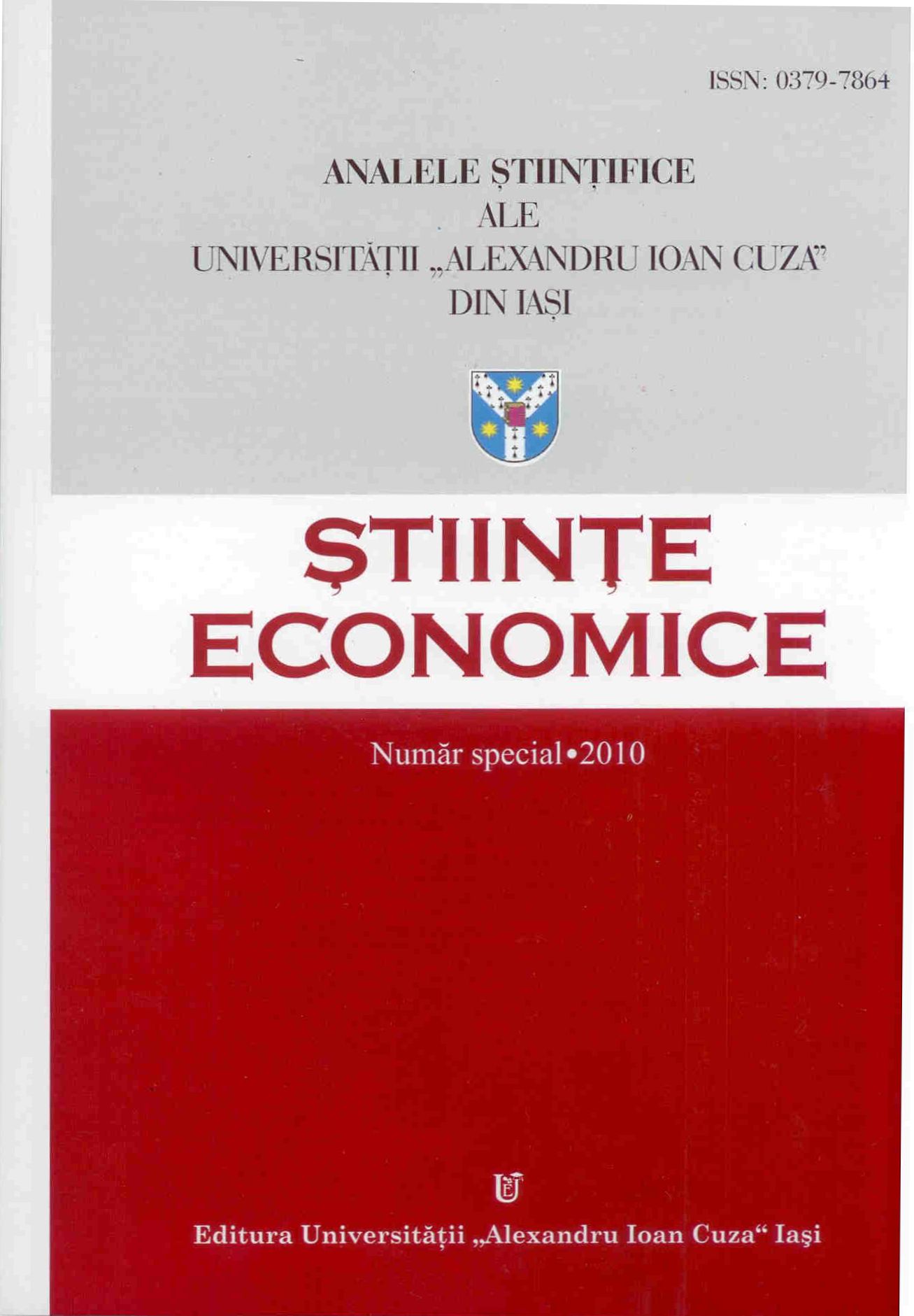Globalization and migration flows. Some effects of immigration on the Spanish labour market in the last decade
Globalization and migration flows. Some effects of immigration on the Spanish labour market in the last decade
Author(s): María Luisa Palma Martos, José Luis Martín NavarroSubject(s): Labor relations, Migration Studies, Human Resources in Economy, Globalization
Published by: Editura Universităţii »Alexandru Ioan Cuza« din Iaşi
Keywords: Globalization; Migration flows; Labour Market; Spain;
Summary/Abstract: One of the main consequences of Globalization process is migrations flows. Migration has two sides; one is related to positive gains in the host country in that migration is a source of invaluable human resources and contributes to increase the production of goods and services. The other side has to do with the impact of immigrants on the native labour market especially on wages and employment conditions. Both effects will have an influence on the native income distribution. The case of Spain is unique in the context of Europe. Spain has been a traditional emigration country with a long history of emigration. This tradition has changed in recent years and now Spain has become an important country for immigration such as Germany or the USA. The immigration process in Spain has been strongly concentrated especially in recent years. This large flow of immigrants, (over 5 millions in less than 15 years) has caused a strong impact on several political, social, demographic and economic aspects in Spain. One of the most important reasons for immigration into Spain is connected to the good evolution of the Spanish economy during the long period 1995-2007 and a similar evolution of the Labour Market. The impact of immigration flows is large, complex and shows different perspectives for the Spanish society and economy. In this paper we will consider some impacts of migration on the Spanish economy and the Spanish Labour Market. Having this objective in mind the paper is organized as follows. After this introduction, in section 2 we present some selected facts of the importance of migration flows into Spain as compared to other European countries. In section 3, we will estimate the impact of migration on Spain’s GDP over the last decade using a simple labour market model. In section 4 we will focus on the impact of immigration on the structure of the Spanish labour supply and especially on the participation of women in the Labour Market, which is one of the most outstanding events having taken place in the last decade. The paper finishes with some conclusions.
Journal: Analele Ştiinţifice ale Universităţii »Alexandru Ioan Cuza« din Iaşi. Ştiinţe economice
- Issue Year: 57/2010
- Issue No: Spec
- Page Range: 273-290
- Page Count: 18
- Language: English

